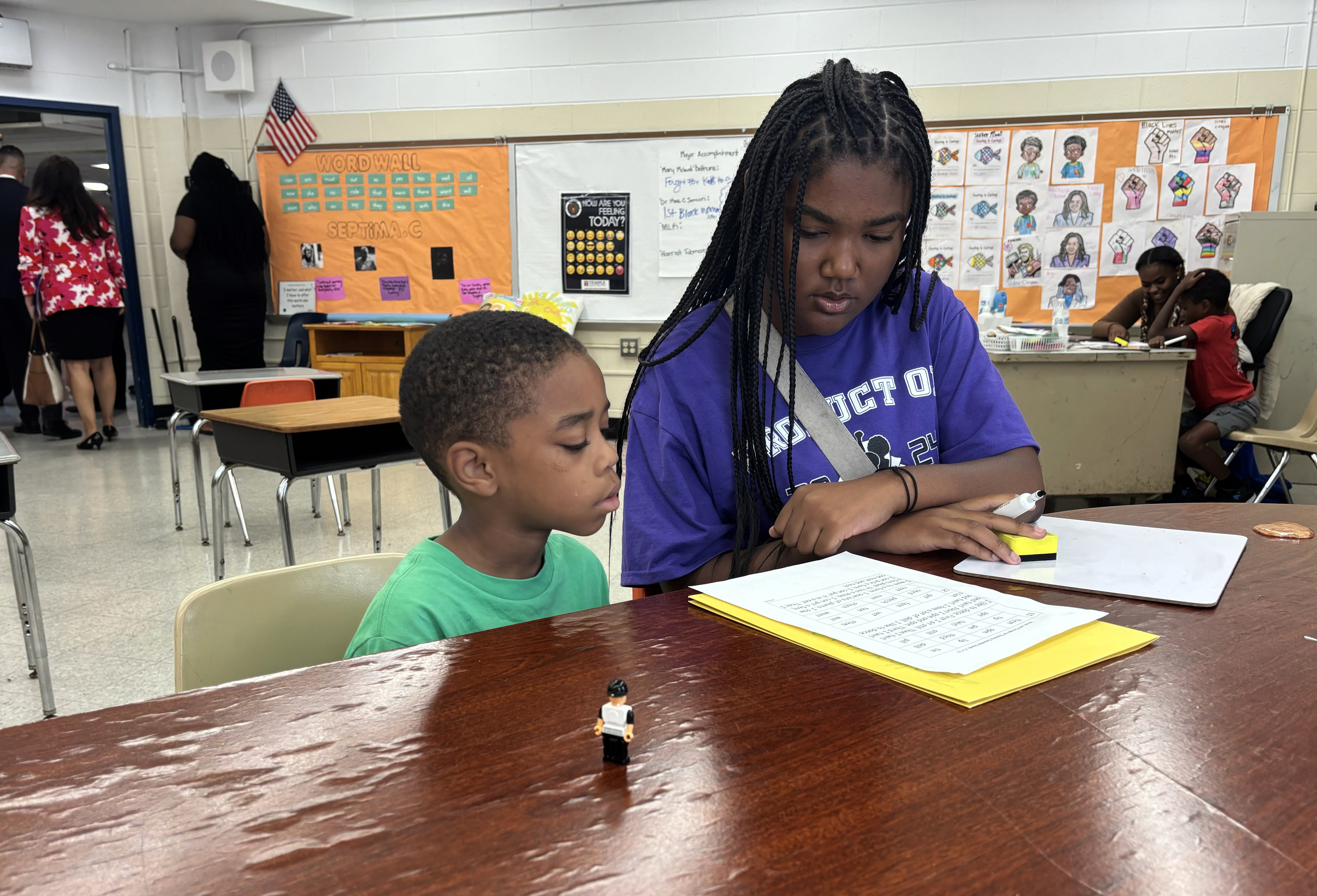
Michigan’s Progress Towards the 60% College Attainment Goal

When Michigan Gov. Gretchen Whitmer was elected in 2018, 48.9 percent of residents held some type of college degree or credential, according to state data. Soon after taking office, Whitmer announced her signature Sixty by 30 plan, setting a goal for 60 percent of Michiganders to have a postsecondary degree or certificate by 2030.
Tuition Reduction Initiatives
The state’s historically low college attainment rate—the lowest among neighboring states and 37th in the nation—had created a deficit of skilled workers in the state. But Gov. Whitmer’s ambitious plan to change that is in full force and showing small gains so far. Reducing tuition costs has been a big part of that plan.
- Michigan Reconnect: A last-dollar tuition scholarship for adults 25 and older, launched in 2021.
- $70 million investment of federal pandemic relief dollars to temporarily reduce the age of eligibility to 21.
- Michigan Achievement Scholarship: Available for students who graduated high school in 2023 or later and have an expected family contribution of $25,000 or less.
Current Progress and Challenges
While these tuition assistance programs are still too new to gauge their long-term effects, the latest available data shows the state is inching toward its goal with 50.5 percent attainment, but remains below the national average of 53.7 percent. Undergraduate enrollment across the state declined from 515,910 during the 2018–19 academic year to 485,613 during the 2021–22 academic year.
“The pandemic didn’t help,” said Sarah Szurpicki, director of the Office of Sixty by 30. “But it also potentially paved the way for stronger collaboration and attention to this issue. Michigan has had a gap for a long time in who is able to attend college and pursue a postsecondary degree or credential. We’re finally addressing that in meaningful ways.”
Workforce Credentials
Some of Michigan’s college attainment gains can be attributed to the inclusion of workforce certificates and certifications in the Lumina Foundation’s definition of a postsecondary credential. The state supplements its Census data on two-and four-year degrees with Lumina’s numbers on certificates that have a strong return on investment in the labor market.
Employer-led partnerships and apprenticeship programs are crucial to filling jobs in the state, especially in industries like healthcare and manufacturing.
Challenges and Solutions
Michigan’s history of success in the manufacturing industry has created ambivalence towards higher education, particularly among families without college educations. The state’s disinvestment in higher education following the 2008 recession also drove up the price of attending college.
To address these challenges, colleges are focusing on providing wraparound supports for students, including basic needs assistance and career counseling. Flexibility in course delivery and partnerships with employers are also being emphasized.
Future Initiatives
The state is set to open the Michigan Department of Lifelong Education, Advancement, and Potential in the coming months. This new state agency will align resources, data, and funds to support the state’s education system and help reach the 60 percent college attainment goal by 2030.
Additional funding and redesign of scholarships are also being considered to provide more financial support for non-tuition costs of attendance and close equity gaps.
SDGs, Targets, and Indicators
SDG 4: Quality Education
- Target 4.3: By 2030, ensure equal access for all women and men to affordable and quality technical, vocational, and tertiary education, including university.
- Indicator 4.3.1: Participation rate of youth and adults in formal and non-formal education and training in the previous 12 months.
SDG 8: Decent Work and Economic Growth
- Target 8.2: Achieve higher levels of economic productivity through diversification, technological upgrading, and innovation.
- Indicator 8.2.2: Annual growth rate of real GDP per employed person.
SDG 10: Reduced Inequalities
- Target 10.2: By 2030, empower and promote the social, economic, and political inclusion of all, irrespective of age, sex, disability, race, ethnicity, origin, religion or economic or other status.
- Indicator 10.2.1: Proportion of people living below 50 percent of median income.
SDG 11: Sustainable Cities and Communities
- Target 11.3: By 2030, enhance inclusive and sustainable urbanization and capacity for participatory, integrated, and sustainable human settlement planning and management in all countries.
- Indicator 11.3.1: Ratio of land consumption rate to population growth rate.
SDG 17: Partnerships for the Goals
- Target 17.16: Enhance the global partnership for sustainable development, complemented by multi-stakeholder partnerships that mobilize and share knowledge, expertise, technology, and financial resources.
- Indicator 17.16.1: Number of countries reporting progress in multi-stakeholder development effectiveness monitoring frameworks that support the achievement of the sustainable development goals.
Behold! This splendid article springs forth from the wellspring of knowledge, shaped by a wondrous proprietary AI technology that delved into a vast ocean of data, illuminating the path towards the Sustainable Development Goals. Remember that all rights are reserved by SDG Investors LLC, empowering us to champion progress together.
Source: insidehighered.com

Join us, as fellow seekers of change, on a transformative journey at https://sdgtalks.ai/welcome, where you can become a member and actively contribute to shaping a brighter future.






